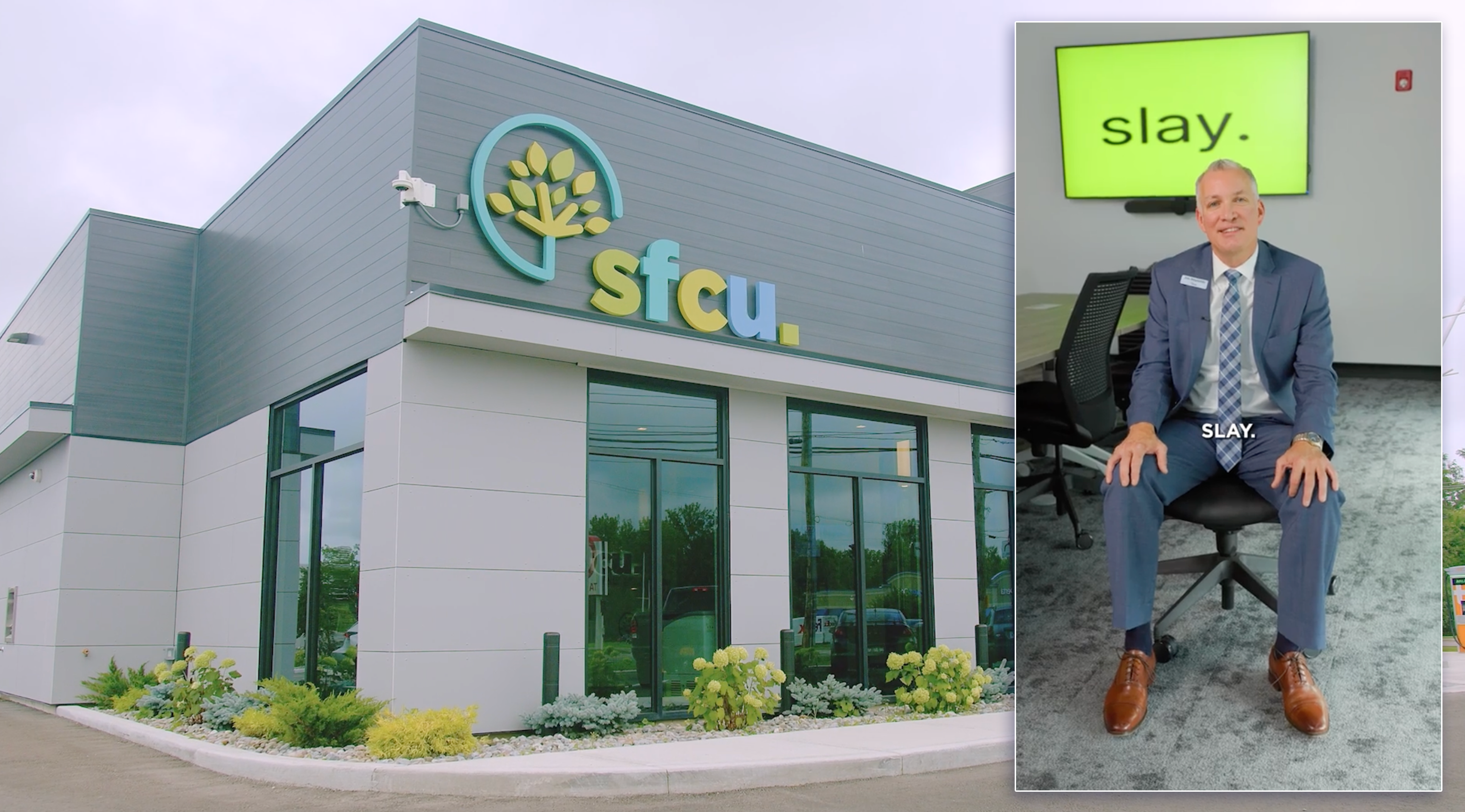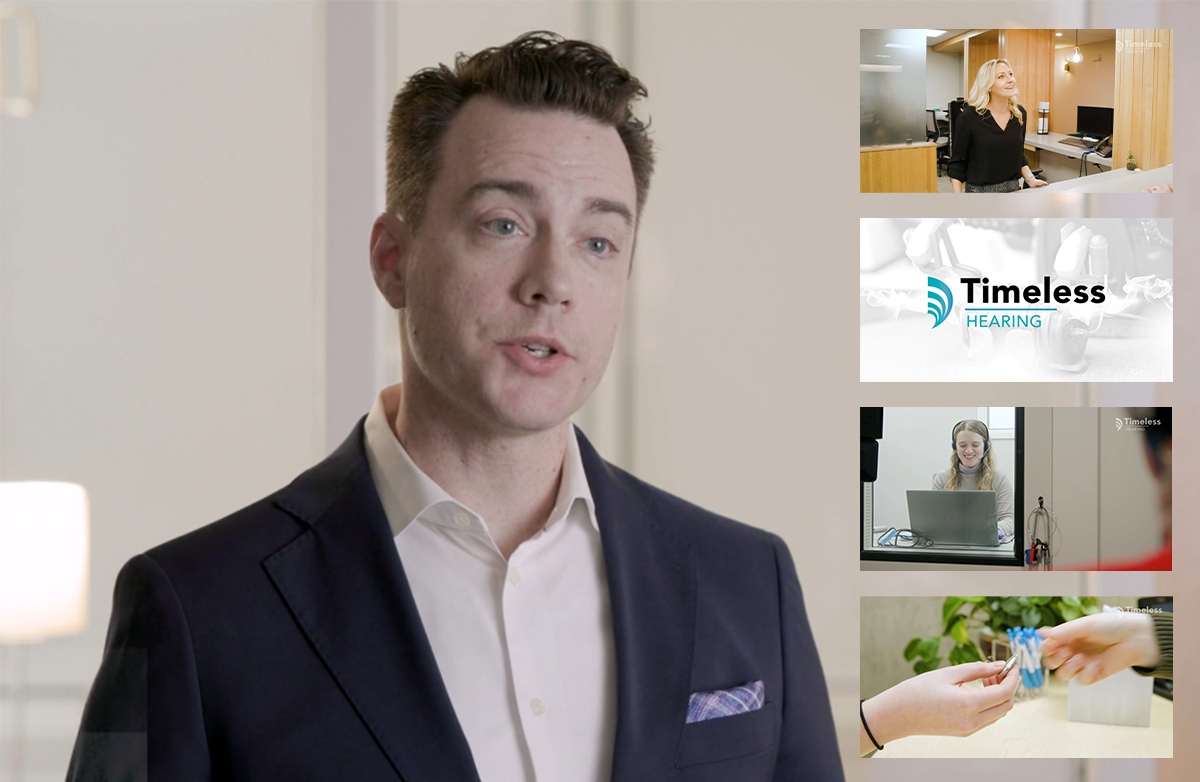
Over 50 years ago, the television infiltrated homes around the United States. Every night families gathered around the tube to watch their favorite program on one of the three main broadcast channels. Watching TV was an experience.
Fast forward to modern times with 1,000s of cable channels offering content around every possible interest, no longer limiting us to three measly broadcast providers. Gathering around the TV for appointment programming is a thing of the past with the advent of DVRs and time shifted viewing. Connected TVs and streaming video providers have created the binging phenomenon, meaning that we no longer must wait for our weekly episode fix but rather can gorge on a whole series night after night.
Indeed, the video landscape is changing, driven by technological innovations and changing consumer behaviors. We have become more distracted and fickle viewers choosing more often to skip or ignore traditional TV commercials. In fact, only 45% of TV commercials are watched by a television audience.
So, what is causing traditional TV to fade into the background making traditional TV ads less visible among us all?
Technology Multi-Tasking is Making Us More Distracted
Tablets and smartphones have turned us into constant multi-taskers – even when relaxing in front of the TV. It’s estimated that 81% of adults multitask with another device while watching TV.
And we’ve all done it. We’re watching a TV show, a commercial comes on, we whip out our phones and start scrolling through Facebook. The show comes back on and we go right back to watching.
It’s easy to miss TV ads when commercial time is spent shopping on Amazon from your iPhone.
Abundance of Choice Are Fragmenting Video Viewership
For consumers, there have never been more programming options. Online streaming services like Netflix and Hulu have flooded the video landscape with on-demand offerings of current shows, full collections of classic programming and even their own original series and movies. Netflix recently released a stat that it would take someone 8 hours every day for one full year to consume all Netflix original content – just the original content!
This abundance of content has turned us into an impatient lot. If we don’t like what’s on TV – we surf through the never-ending supply of options on our connected TVs until we find the content that fits our mood.
Streaming Providers Are Changing the Definition of Traditional TV
In addition to traditional streaming services, online only content providers like Hulu and YouTube are providing online cable subscriptions, offering all the content and features offered by cable providers at a fraction of the cost. It’s estimated that over 90 million households have decided to cut the cord (or to have never signed up for cable in the first place).
Viewers who watch programming on untraditional cable services are served ads (unless they choose to pay for premium ad-free subscriptions). However, most of the ad space is purchased by national brands, limiting the number of local advertisers seen by cord cutters or cord nevers.
The Video Landscape Will Continue to Evolve
With the shift in consumer behavior, there is a noticeable shift towards online video advertising outlets. More brands (local, regional and national) and adjusting their media mix to include online video platforms, often pulling dollars away from broadcast to fund new video initiatives.
While broadcast TV advertising is not going away, the video landscape will continue to change and diversify as new technology and content offerings continue to change consumer behaviors.




